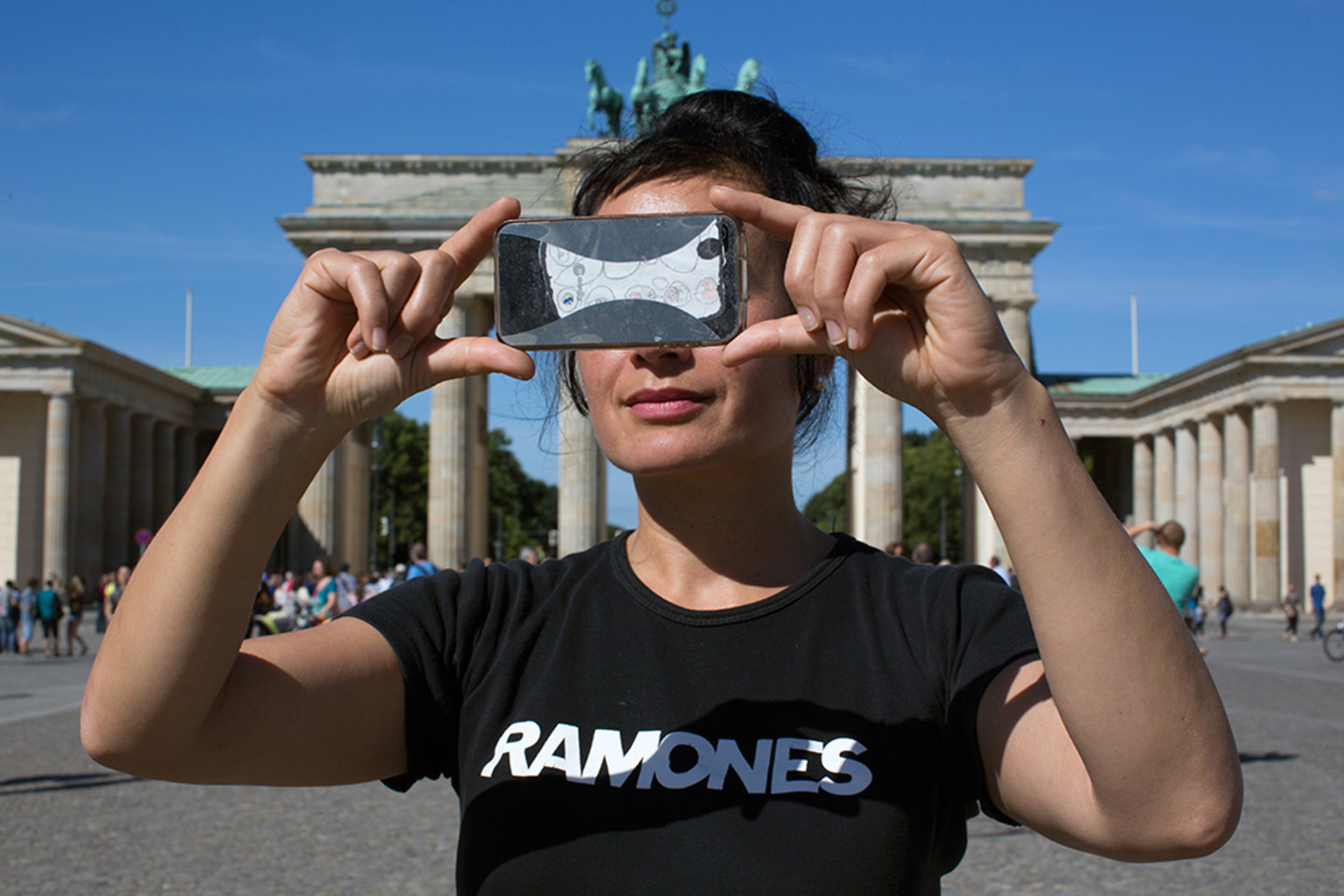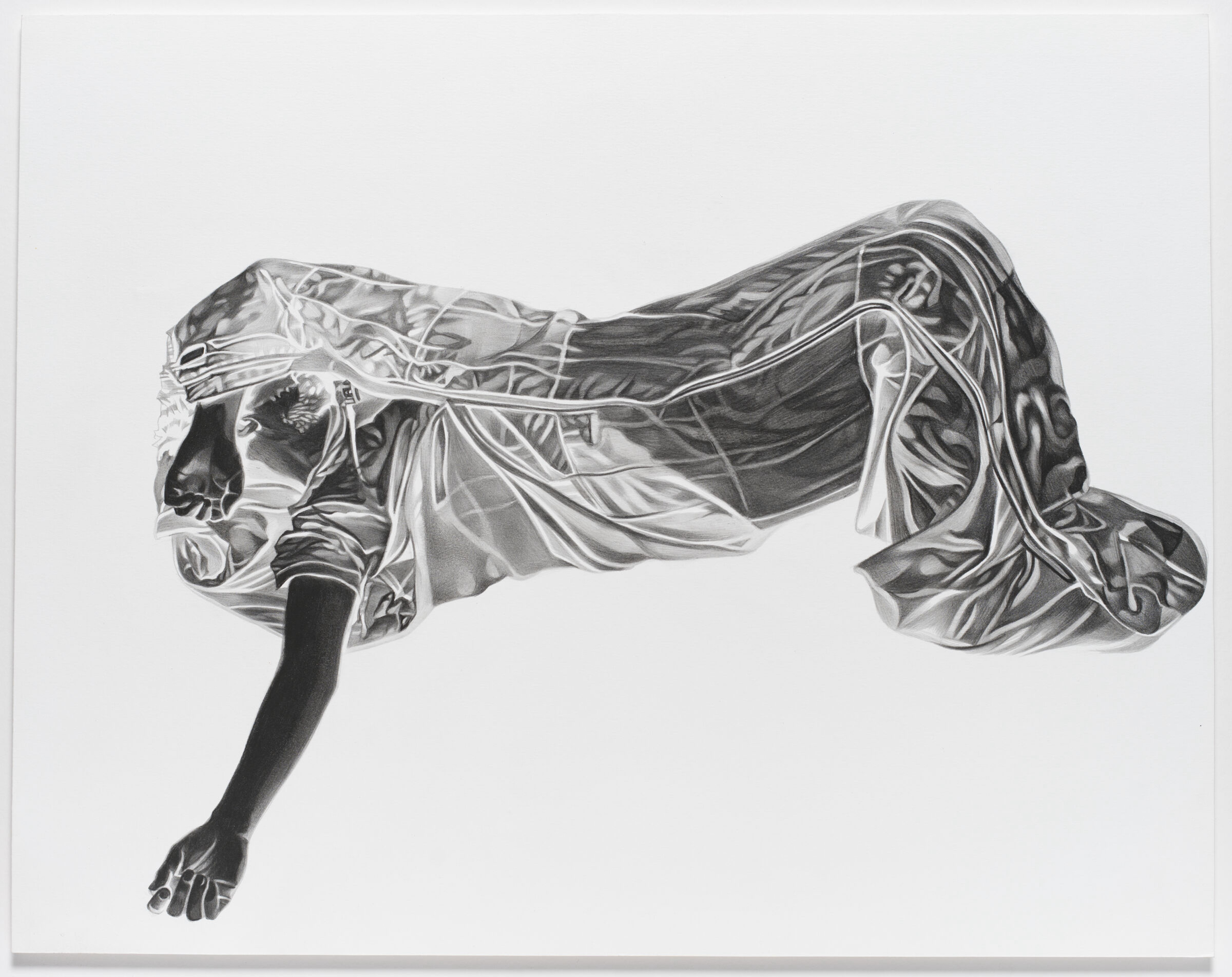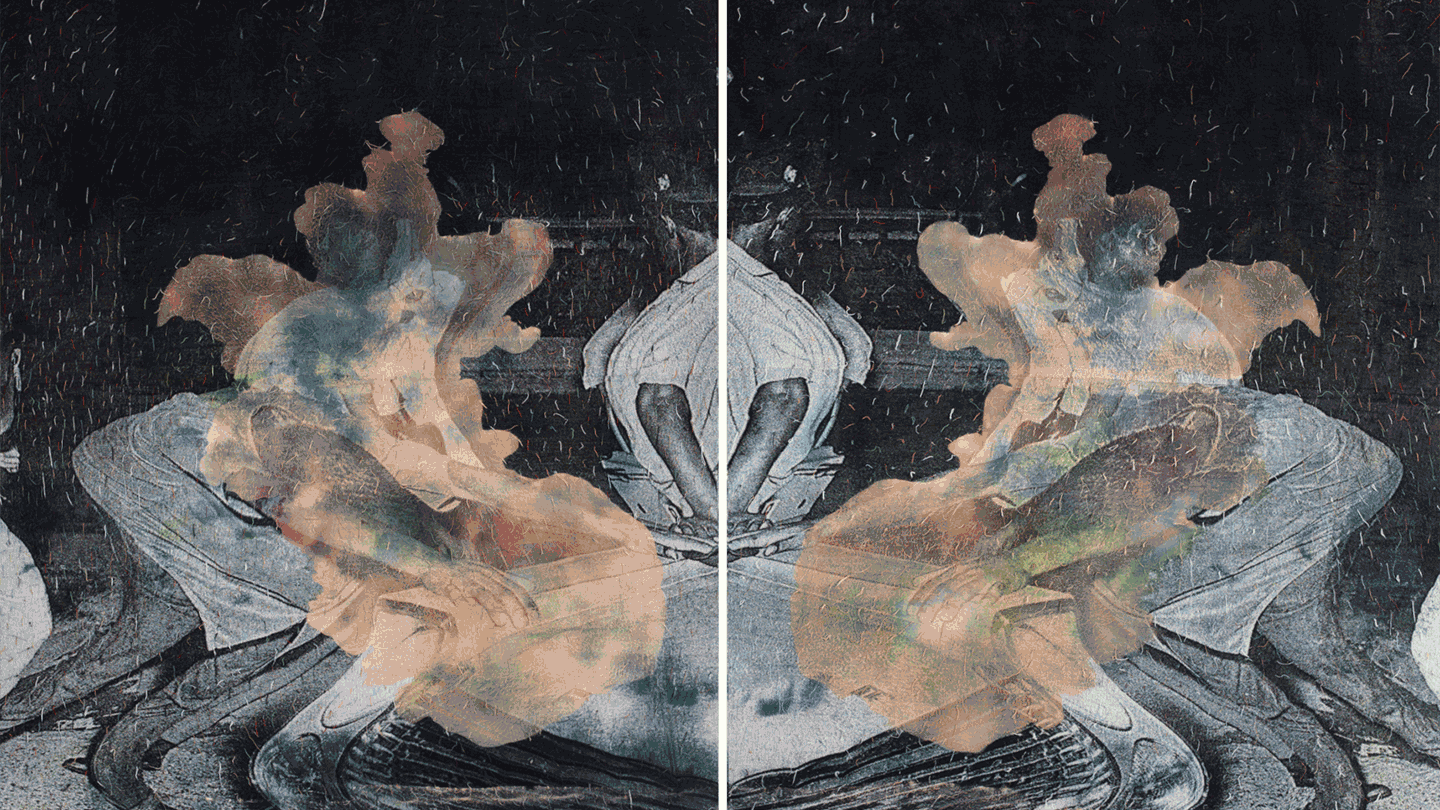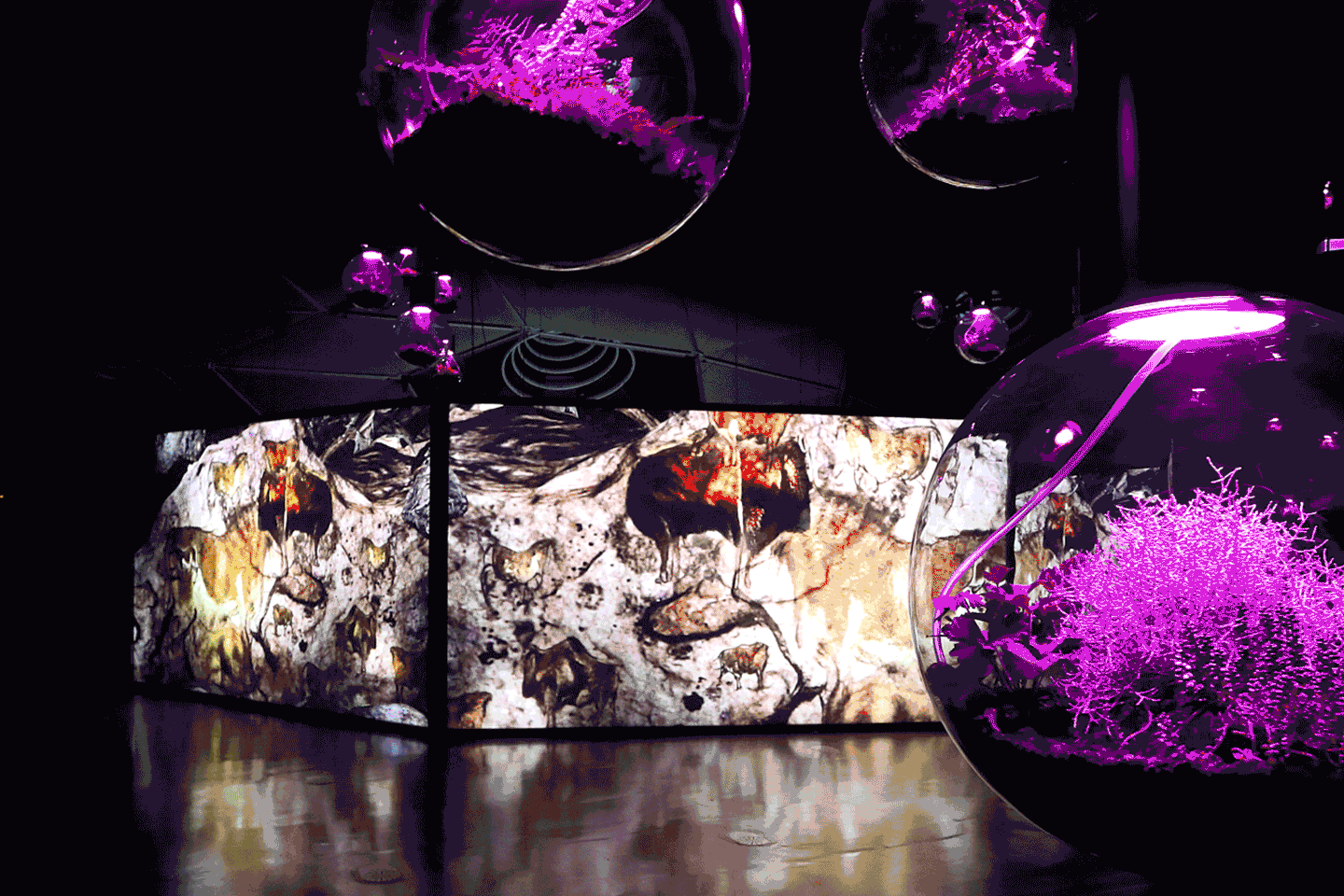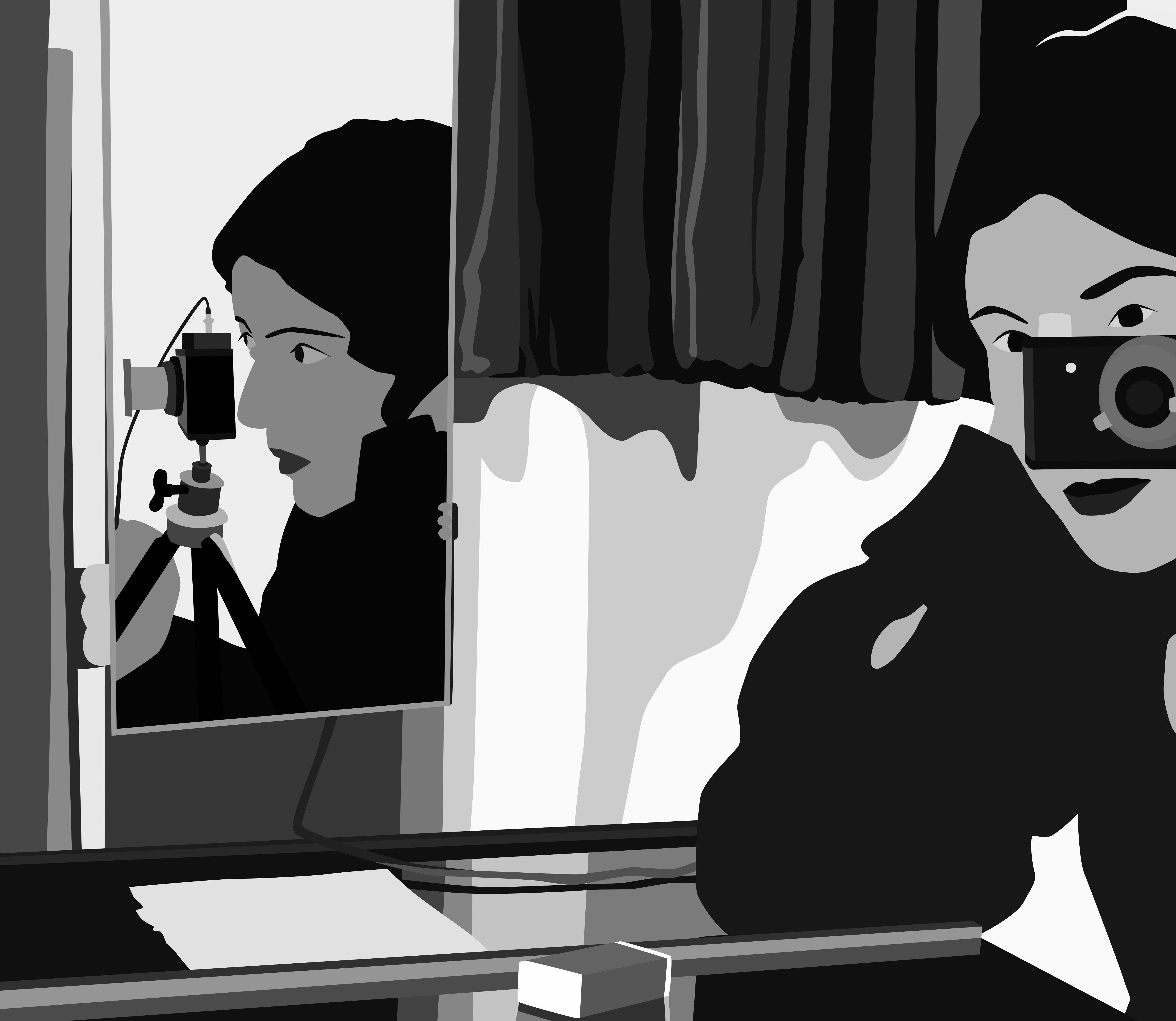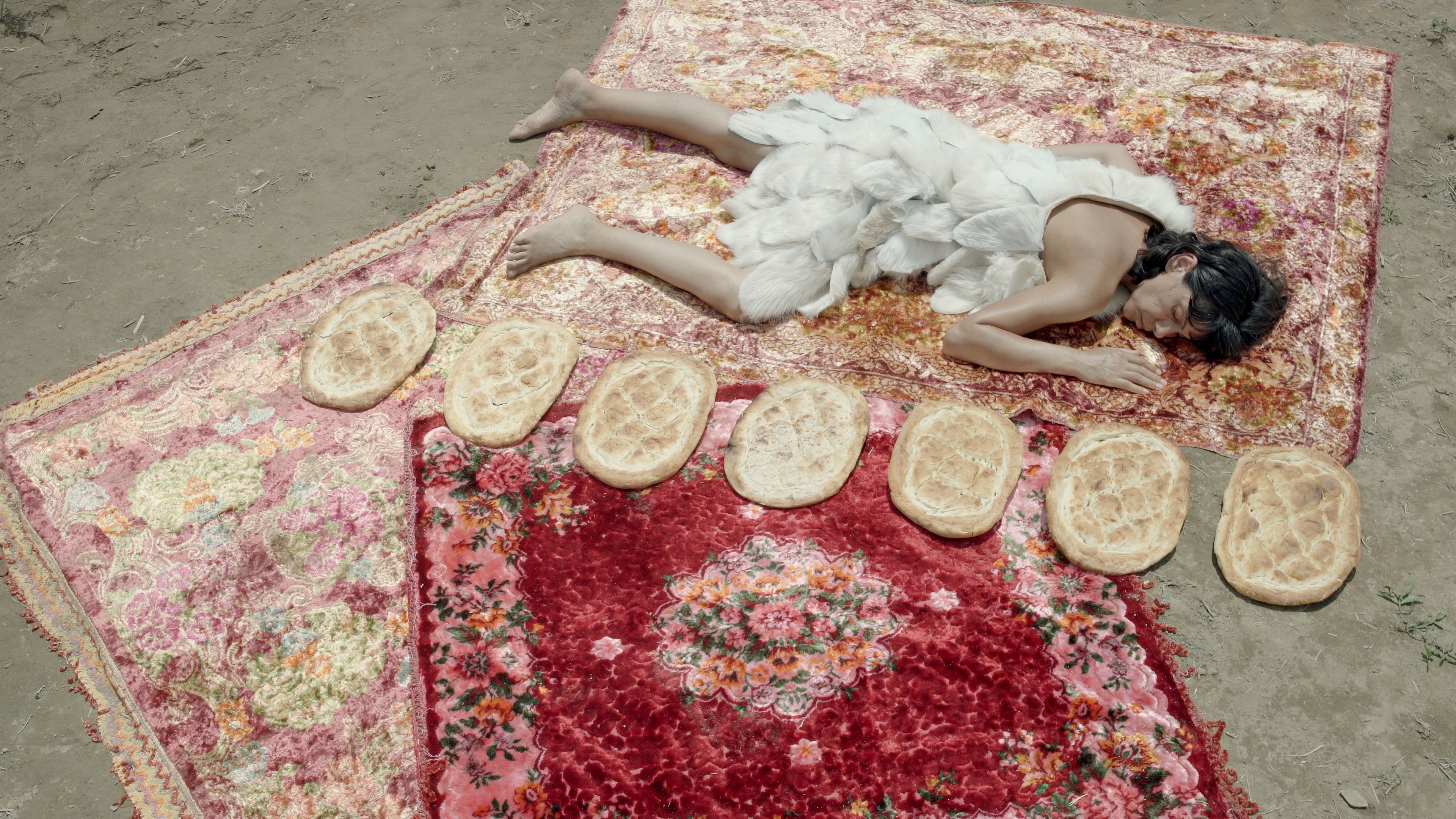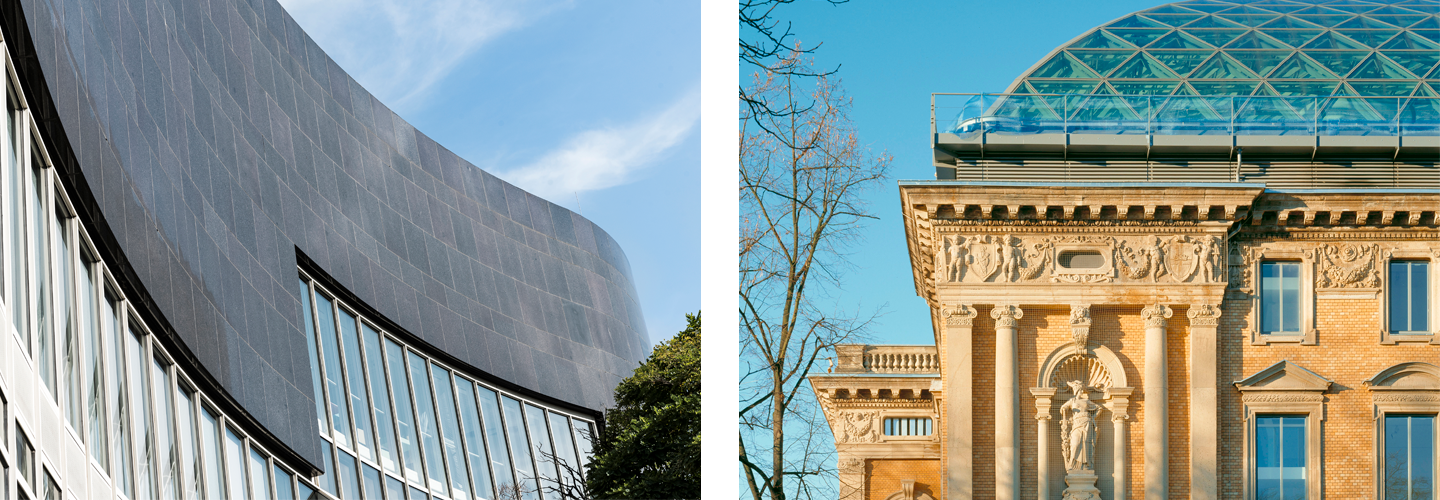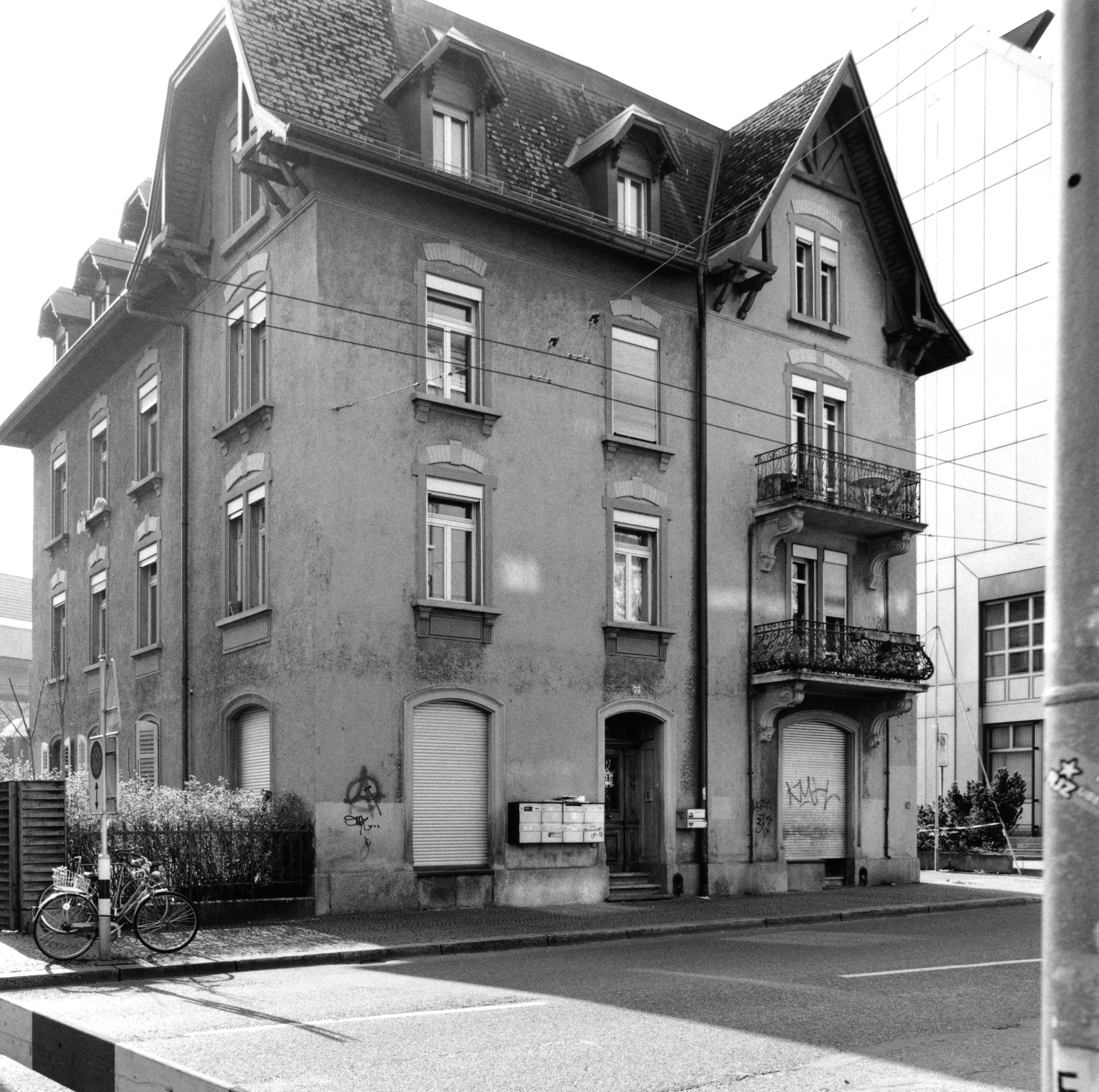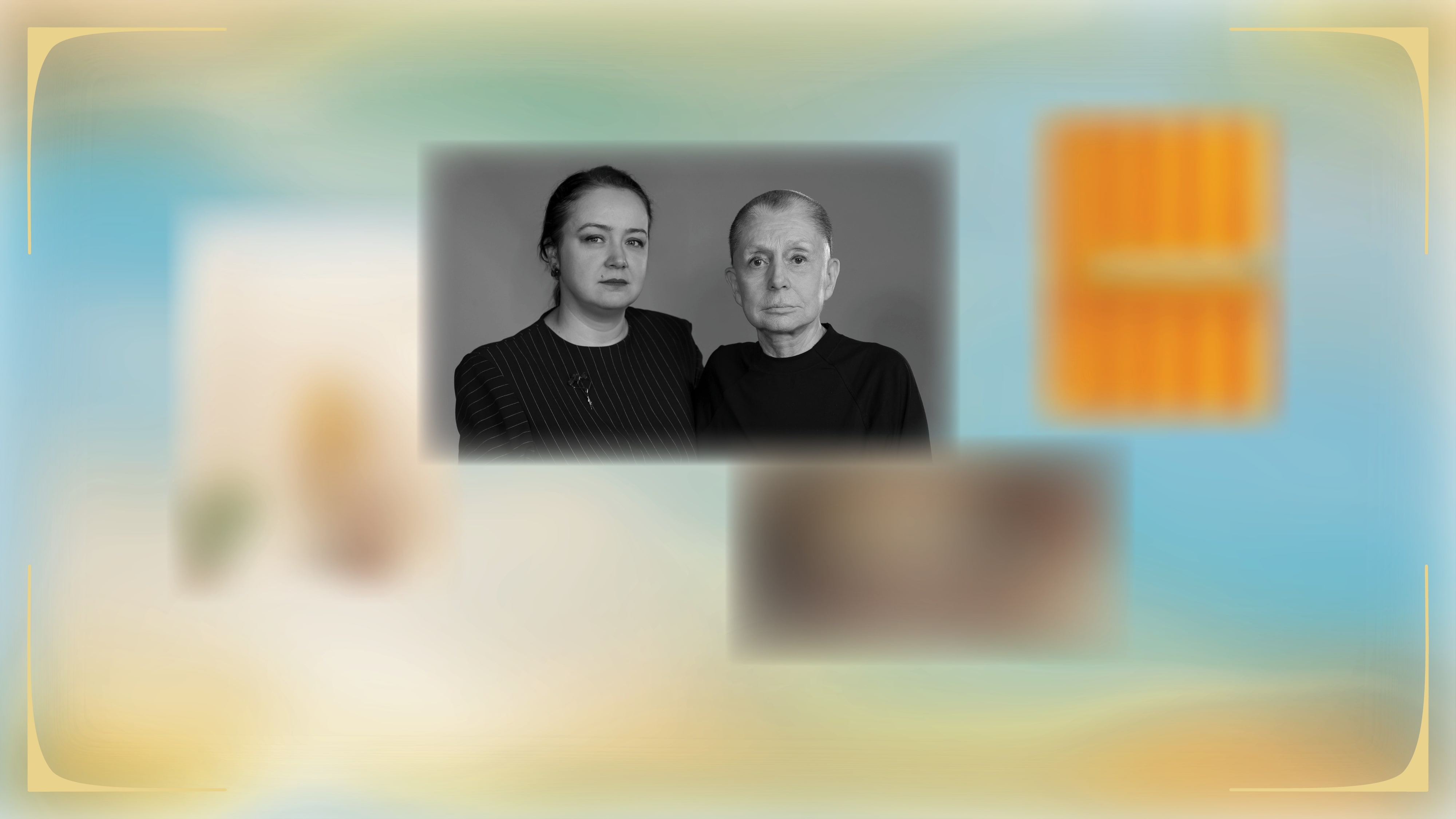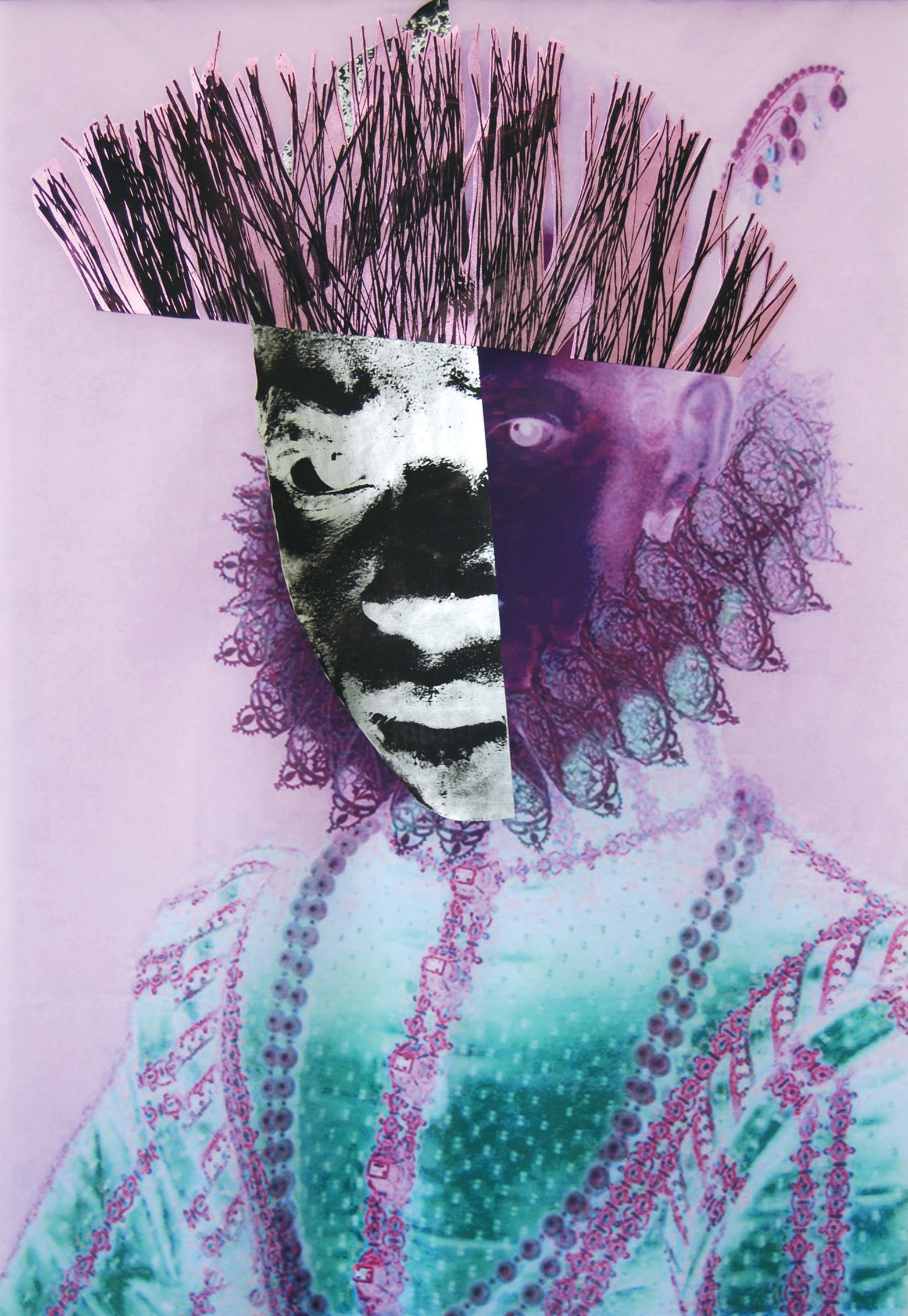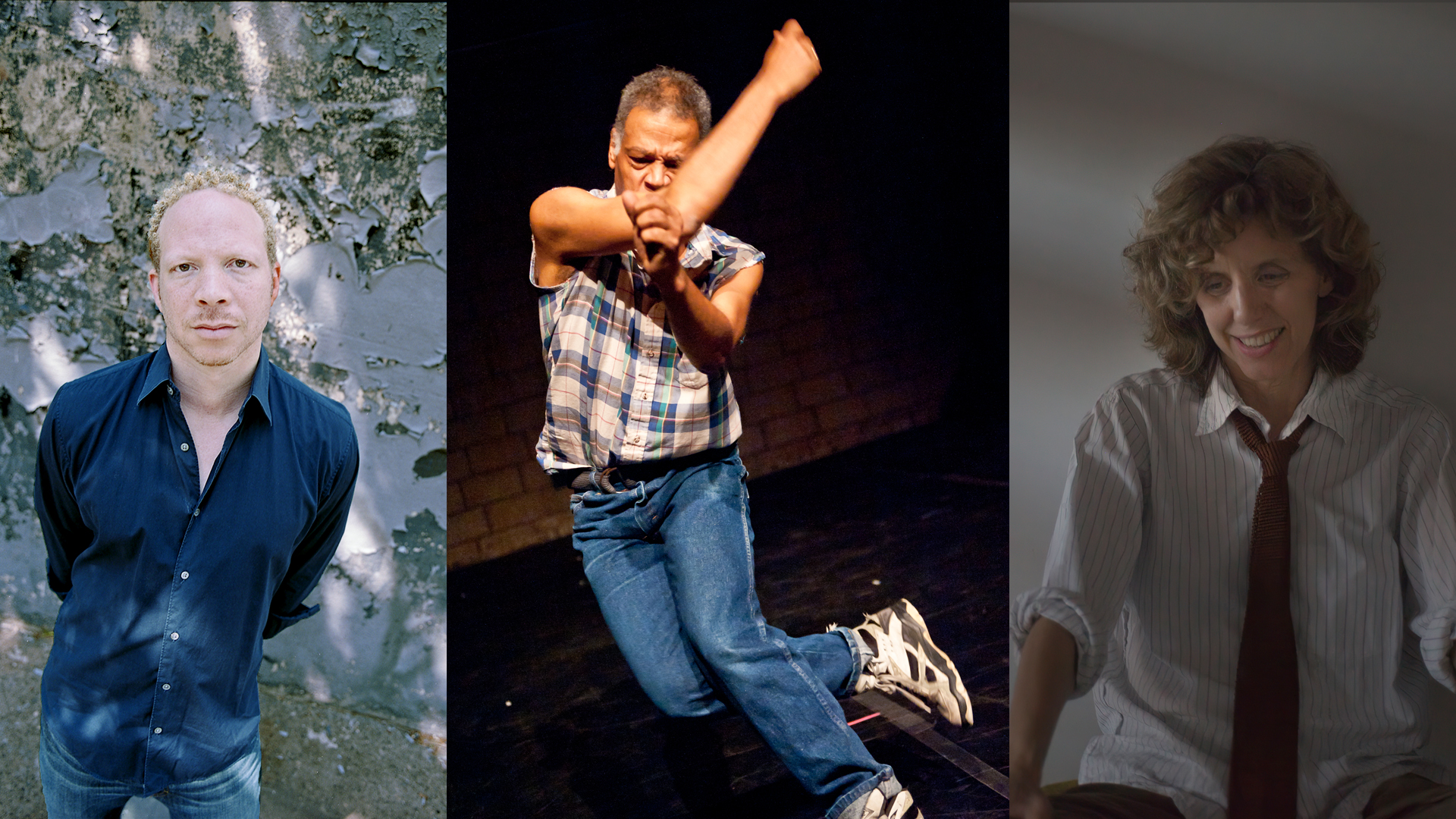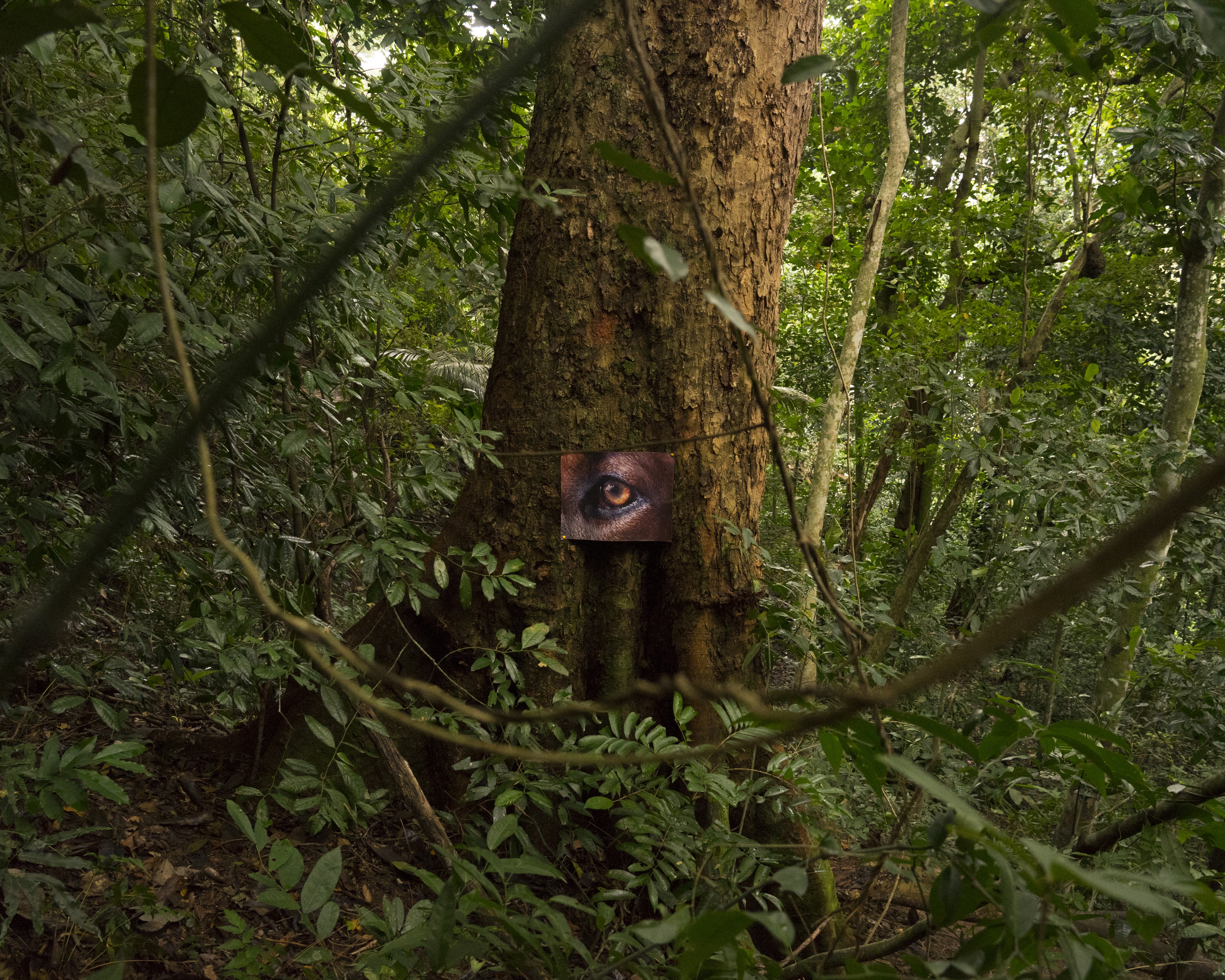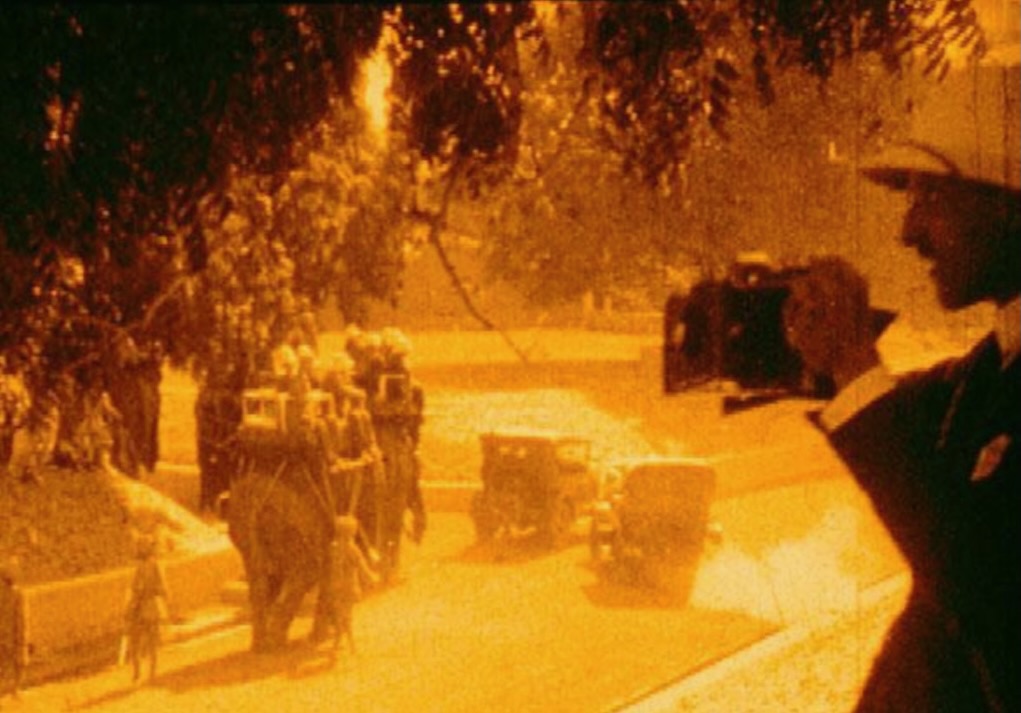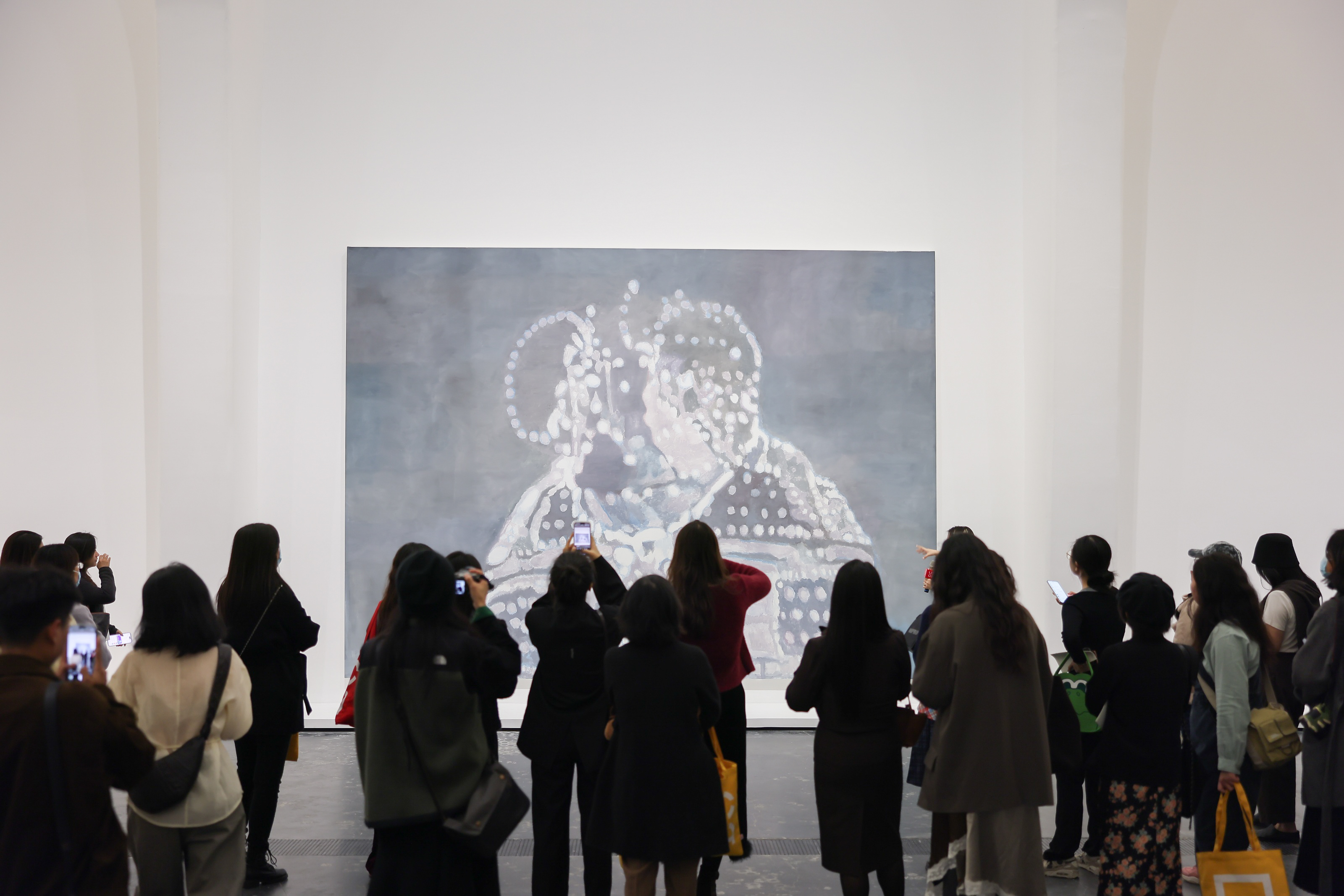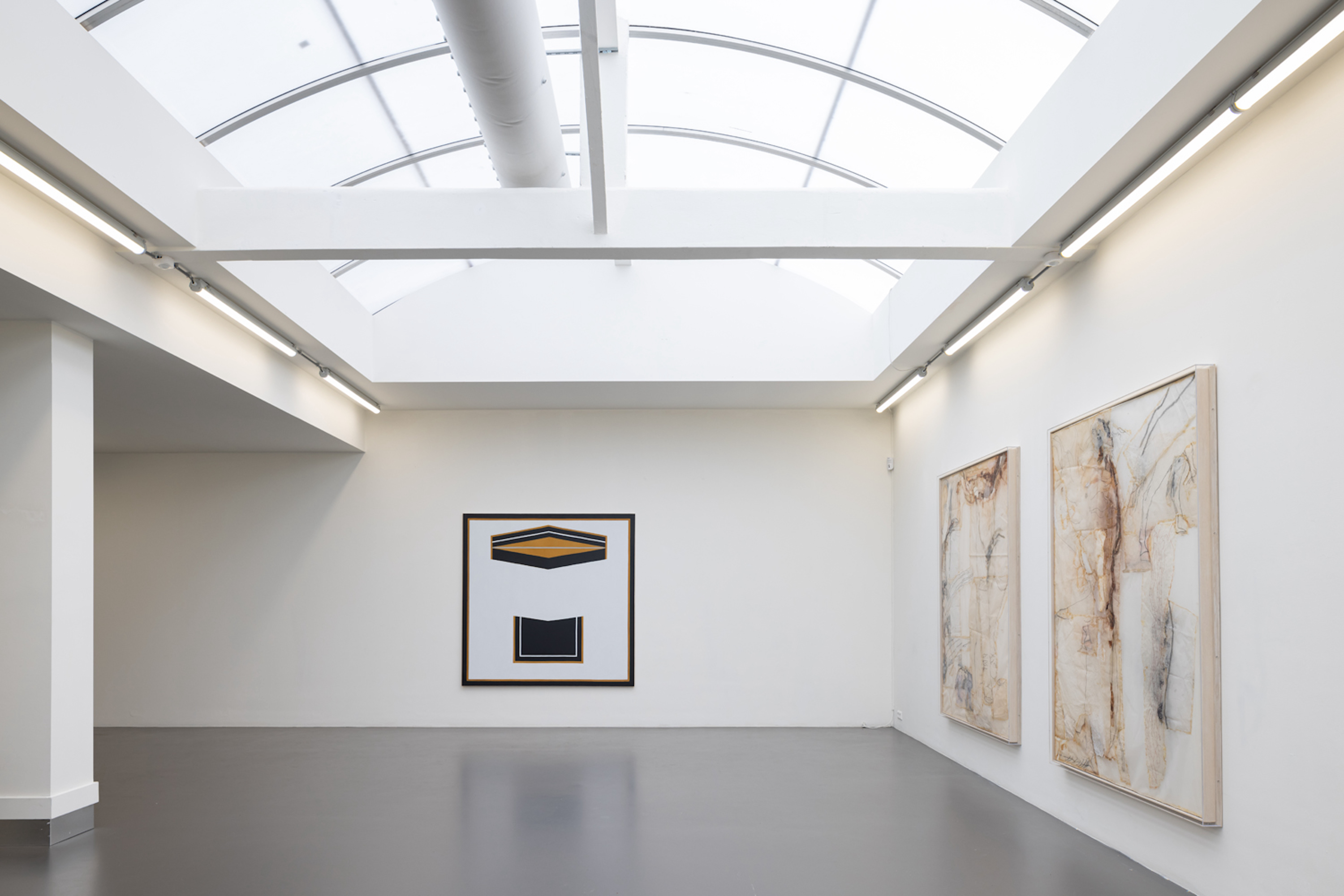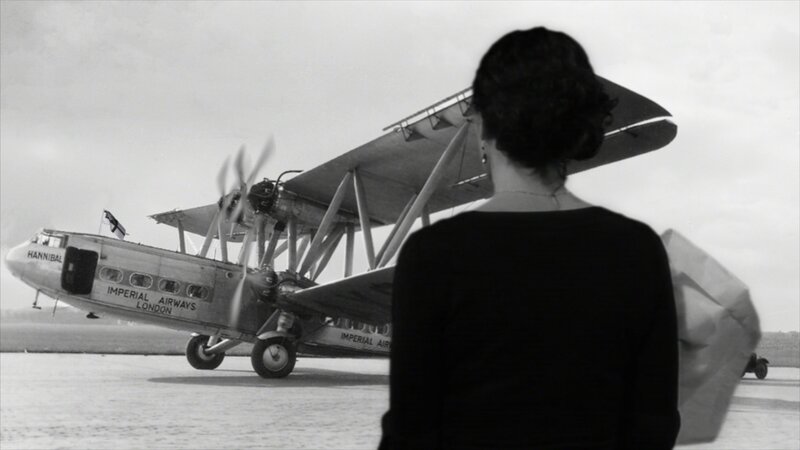October 4, 2012, 12am
The moment an image appears on a screen, a web of political relationships is not only reflected, but actively produced. This places the forces responsible for images at the very center of an ethics of production and reception. Hito Steyerl is an artist whose essays and artworks insist that this ethics is much more than a critical tool for explaining and decoding images, but actually serves to release the image, suspending it momentarily from political or economic imperatives to become the structure, content, and departure point for artistic subjectivity.
From October 4 to December 21, 2012, e-flux is proud to present Steyerl’s first solo exhibition in the US. The exhibition will premiere two new video works, Abstract and Adorno’s Grey, and include her video essay from 2004, November.
Legend has it that Theodor W. Adorno had the auditorium where he taught at the Goethe-Universität in Frankfurt painted grey to aid concentration. In Adorno’s Grey, a team of conservators burrows into the wall of this auditorium hoping to reveal the layer of grey paint beneath it. A voiceover recounts an incident in 1969 when, after three female students approached and bore their breasts to him during a lecture, Adorno collected his papers and ran away in a panic. This would be his last lecture.
Abstract presents a scenario in which the violence of warfare and the violence of aesthetics twist around each other. The two-channel video visits the site where Steyerl’s friend Andrea Wolf was killed in 1998, but through a prism that refracts cinematic language against the weapons that killed her friend. As the site and circumstances of her death fold into the act of witnessing it from a distance, the ethical burden of identifying those responsible also appears to live and die with the debris that still remains at the site of the helicopter attack.
Andrea Wolf was killed in Kurdistan as a foreign revolutionary in the PKK, and Steyerl’s acclaimed 2004 video essay November opens with Andrea’s role as a charismatic protagonist in an amateur film made by the two friends when they were in their teens. From a fictional badass feminist vigilante to a martyr for the Kurdish cause, the memory of a dear friend forms the axis of a meta-narrative on the persistent proximity, and even expansion, of political violence in spite of the distancing effects of images.
Hito Steyerl is a filmmaker and writer. She teaches New Media Art at University of the Arts in Berlin. Steyerl studied film at the Academy of Visual Arts in Tokyo, the University of Television and Film in Munich, and holds a Ph.D in philosophy from the Academy of Fine Arts, Vienna. The most formative parts of her education, however, include working as a stunt-girl and bouncer. Steyerl’s work focuses on the intersection of media technology, political violence, and desire by using humor, charm, and reduced gravity as political means of expression. Her sources range from appropriated low-fi clips and sounds to mostly misquoted philosophical fittings. These elements are condensed in rambling essayistic speculation in both text and imagery. Through her oversensitivity to analogies, Steyerl both collects and creates stories describing realities that are stranger than fiction and reflected upon in galloping thought experiments. Her work has been exhibited in numerous solo and group exhibitions including documenta 12, Taipei Biennial 2010, and 7th Shanghai Biennial. Her written essays have proliferated more on- than offline in journals such as e-flux and eipcp.
Hito Steyerl would like to thank all those involved in the production of the works and Esme Buden, Alwin Franke, e-flux, Art Institute of Chicago, Aneta Szylak, Henk Slager, Anton Vidokle, Julieta Aranda, Brian Kuan Wood, Lisa Dorin, Massimiliano Gioni, Tracey Parker, Kevan Jenson, Ben Thorp Brown, Laura Hamann, Laura Barlow, and Josh Altman.
Credits
Hito Steyerl, November, 2004
DVD; A/G, 25 minutes
Director: Hito Steyerl
Editor: Stefan Landorf
Assistant: Yasmina Dekkar
Protagonist: Uli Maichle
Supported by: Klaus, Mehmet Aktas, Peter Grabher, Marta Kuzma, Lisa Rosenblatt
Hito Steyerl, Abstract, 2012
Double channel HD video, 7 minutes
Camera: Tina Leisch, Selim Yildiz, Christoph Manz, Vincent Grunwald, Leon Kahane, Esme Buden, Diana McCarty
Sound: Apo
AD: Alwin Franke, Esme Buden
Postproduction: Christoph Manz
Translators: Neman Kara, Sahin Okay, Nejat Sunar
Thank you to Necati Sönmez /Human Rights film festival Istanbul), Şiyar, Ali Can, Oliver Rein, Eren Keskin, Bilgin Ayata, Hüsnü Yildiz, Diana McCarty
Produced by Instytut Sztuki Wyspa/Wyspa Institute of Art, Aneta Szylak
Hito Steyerl, Adornos´s Grey, 2012
Single channel HD video projection, 14 minutes 20 seconds, four angled screens, wall plot, photographs
Large format photography: Leon Kahane
Wall plot research and AD: Alwin Franke
Conservators: Benjamin Rudolph, Sina Klausnitz
Production managers: Maike Banaski, Anna-Victoria Eschbach
Postproduction: Christoph Manz, Maria Frycz
Screen design: Studio Miessen, Diogo Passarinho, Yulia Startsev
Produced by Tblisi Triennial and Wilfried Lentz, Rotterdam.
Supported by Nikolaus Hirsch, Sophie von Olfers, Claudia Stockhausen
Camera, sound, edit, color: Hito Steyerl
For further information please contact laura@e-flux.com.
